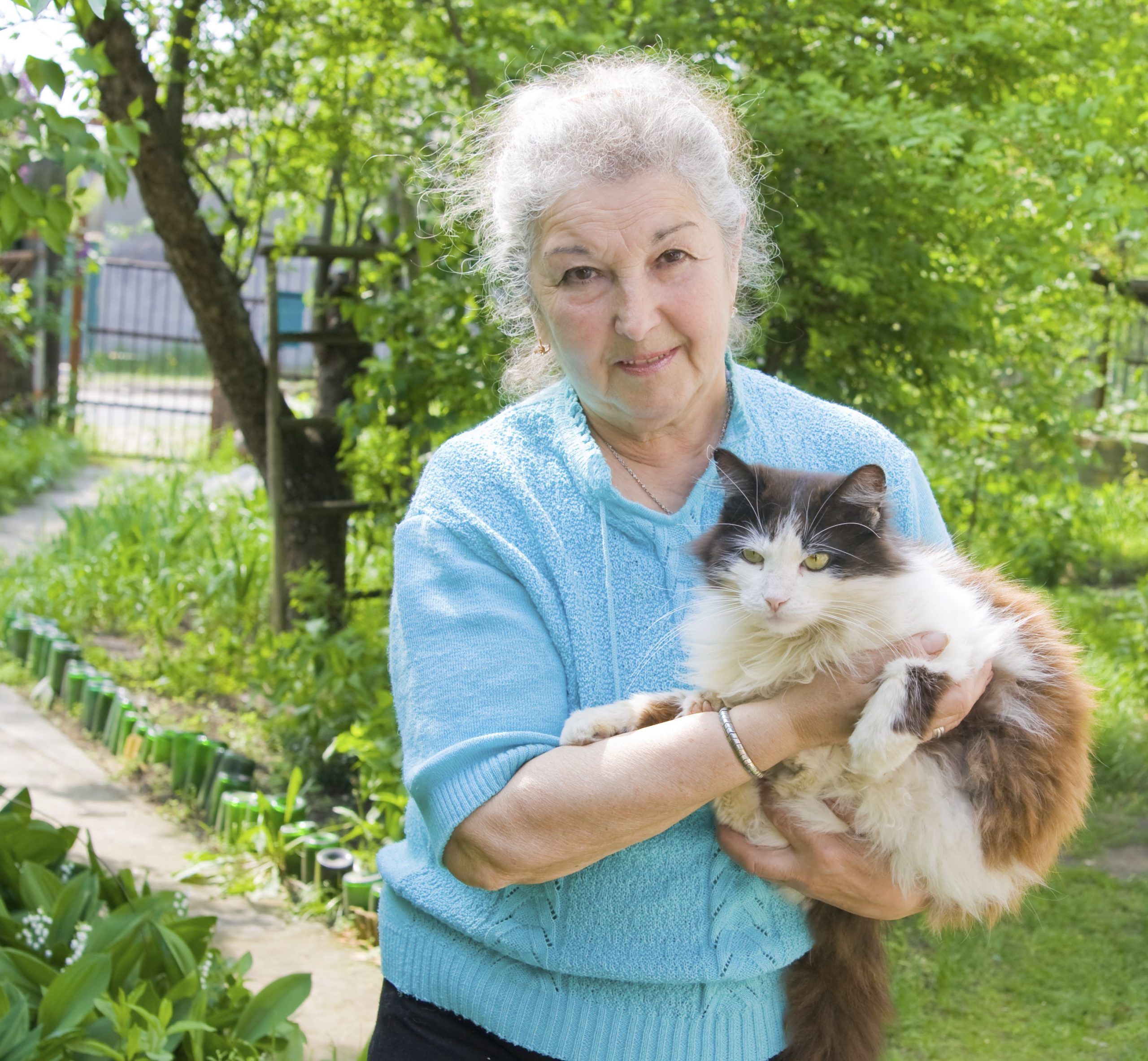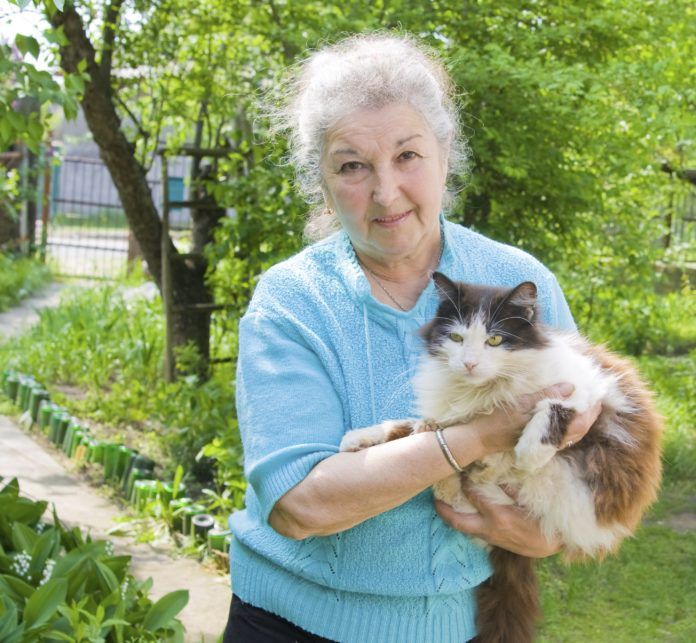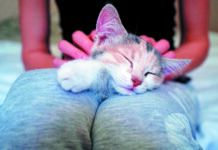The human-animal bond (HAB) is ancient, intricate and profound. Animals have been part of our earliest history as evidenced by pre-historic cave drawings suggesting to some that the fascination and bond may be innate. It isn’t difficult to imagine early humans gathered around the evening fire with a furry companion nearby. Over the millennia, people domesticated animals, anthropomorphized them and incorporated them into religious ceremonies, culture, and, ultimately, the family.
THINKSTOCK

What is this strong, undeniable connection between people and animals — domestic or wild — that we call the human-animal bond? “The human-animal bond can be defined as a metaphor for the roles animals play in our lives,” explains Gregg Takashima, DVM, CEO, Animal Care Group of Lake Oswego, and president of the American Association of Human-Animal Bond Veterinarians (AAH-ABV). According to the American Veterinary Medical Association.
“The human-animal bond is a mutually beneficial and dynamic relationship between people and animals that is influenced by behaviors that are essential to the health and well-being of both. This includes, but is not limited to, emotional, psychological and physical interactions of people, animals and the environment.”
Why We Bond with Animals
We tend to think a strong bond grows over time with many shared experiences — for example, a lifelong friendship with a grade school classmate. The same is true for our pets; however, there’s more than just the passage of reciprocal quality time that deepens our bond. “Not to sound reductionist and bring it down to brain chemistry, but there are chemical reasons for the attachment. Having contact or looking into an animal’s eyes and seeing a long, loving look reflected back at us has been shown to release oxytocin, the hormone of bonding, love and affection,” says Nicholas Dodman, BVMS, director of the Animal Behavior Clinic at the Cummings School of Veterinary Medicine at Tufts University.
The chemical release is believed to be bidirectional, meaning that it’s also released in the pet or animal Those of us with pets know, perhaps intuitively, that our animals enhance our lives on many levels including our physical, psychological and emotional health and wellness. Science is now corroborating what we’ve said anecdotally for years: Pets make all of us — from the youngest to the most senior — healthier in body and mind.
THINKSTOCK

The Emotional Benefits of Pets
Children living with pets not only learn a sense of responsibility, but they also develop stronger, healthier immune systems. Children raised with pets often demonstrate well-balanced emotional health benefits such as greater empathy, cognitive development and greater social participation. One study showed that children are more likely to live with a pet than their biological father or a sibling. For these children, the HAB is particularly important.
Health Benefits of Bonding with Animals
The list of diseases that appear to benefit from the presence of pets in our lives includes heart disease, cancer, autism spectrum disorder and diabetes, according to Dr. Takashima. A study by the Minnesota Stroke Institute showed that cat owners had a significantly reduced risk of cardiovascular diseases including stroke.
“The potential positive effects of pets on cardiac disease and cancer alone could be extremely significant, but in addition, animals are reported to have positive effects on a wide spectrum of social and health issues including wound healing and immune health through the effects of the neurotransmitter oxytocin, pediatric respiratory diseases, child development, elder care, and pain reduction or distraction.
“Pets are potential influencers of community health, with some evidence they can provide a ‘sense of community’ and improve the ‘social capital’ of a community. Pets have even been implicated to improve the motivation of people to quit smoking or lose weight,” says Dr. Takashima.
The health benefits of HAB are a two-way street: Our pets also benefit from improved health with positive human interaction. In a study recently published in the October 2015 Preventive Veterinary Medicine, 96 cats rated as “content” and healthy upon their arrival at a shelter were divided into two groups, with one group receiving human interaction — called “gentling” — which included petting, playing and grooming. The interaction was for 10 minutes, four times a day, for 10 days. For the control group of cats, a person stood in front of the cage with eyes averted, for the same time period.
The “gentled” group of cats maintained their “content” disposition, were less anxious or frustrated and less likely to develop upper respiratory disorders. The control group of cats didn’t fare so well — 17 of the 49 cats developed upper respiratory disorders compared to nine of the 47 “gentled” cats.
Dr. Dodman equates the findings to what we already know about ourselves. “Our immune systems are weakened when we’re under stress, which makes us more susceptible to colds and flu.” It shouldn’t be a surprise that stressed cats are susceptible to diseases, as well.
When Human-Animal Bonds Are Unhealthy
With the known positive benefits of the HAB, can there be too much of a good thing? Yes, when the bond is extreme. Dr. Dodman notes an example of no bond, which is a dysfunctional relationship where a person may have a pet but little or no interaction or attachment.
Further along the spectrum the bond may be tenuous or frayed. Often times this is due to a pet exhibiting a normal behavior that the person finds unacceptable, for example, urine marking. It becomes an “I love you, but…” type of relationship.
Dr. Takashima cites several examples of extreme bonds, including hoarding. Hoarders often feel they are doing something good, which in turn makes them feel good. People may forego their own medical treatment if it means hospitalization would separate them from their pet. Or they may forego medical treatment for their pet out of fear that the treatment will cause stress in the pet.
Some people may be profoundly affected by the loss of a pet and their grief may severely affect their health and well-being, occasionally to the point of requiring hospitalization and years of therapy, say both Drs. Dodman and Takashima. (See related article, “When Our Cats Grieve“, ofthis issue.)
Many of us understand that the benefits of positive interaction with our pets extend beyond the happiness they bring us. Scientific study of the bond is still in the early stages, but is certainly advancing. “Recognizing and nurturing this connection between animals and humans has potential implications for the community and for individual stability and health, and may even result in reduced healthcare costs,” says Dr. Takashima.




